When Nikon introduced the D7100 as the D7000 replacement back in 2013, Nikon shooters rejoiced - and rightfully so.
The D7100 became one of the most popular high-end DSLRs on the market.
And though the D7200 wasn’t as big of an improvement as the D7100 was, it still offers plenty of features that make it a highly sought-after camera for advanced amateurs, enthusiasts, and many pros.
Now that the traditional two-year upgrade cycle is drawing near, we can expect to see the newest version in this line - the D7300 - within a matter of weeks, at least according to all the latest rumors.
The question is, will the D7300 continue to make the necessary improvements to keep this line of cameras relevant?
In this article, we explore the features, pros, and cons of the D7100 and D7200, and offer up some tantalizing details of what could be coming with the D7300.
D7100
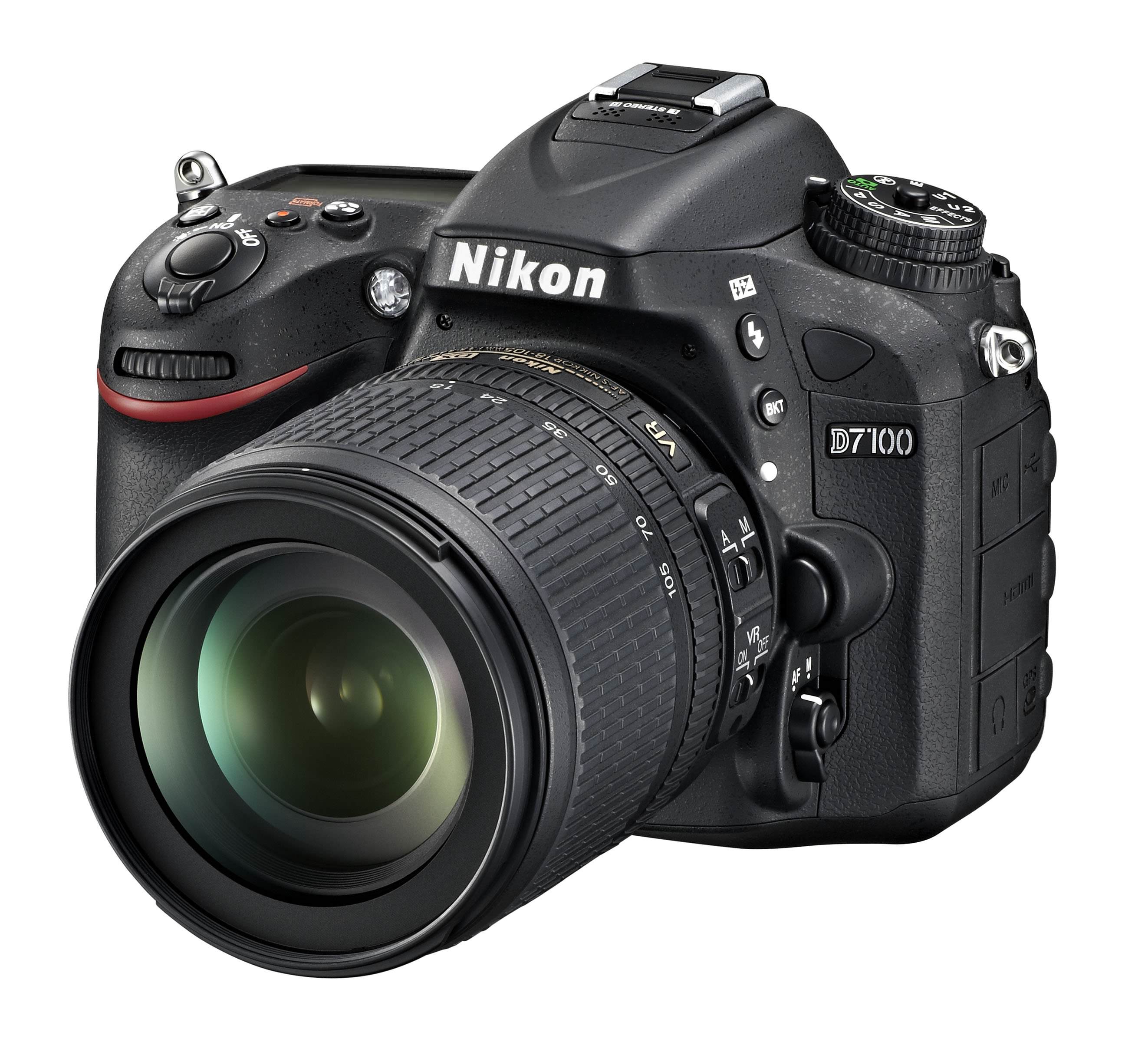
When the Nikon D7100 came out in February 2013, it was a home run right out of the gate because it combined the best features of its predecessor, the D7000, and some higher end features borrowed from Nikon’s professional grade D4.
As a top-end APS-C camera, the D7100 offers features that enthusiast photographers can appreciate:
- 24.1MP CMOS sensor
- Expeed 3 processing
- ISO range of 100-6400, up to 25600 expanded
- 6 fps continuous shooting in DX mode, 7fps in 1.3X crop mode
- 51 point AF system with 15 cross type AF sensors
- 1080 60i/30p video recording
- 3.2", 1.2m-dot LCD screen
- Front and rear IR receivers
- Water and dust resistant body
Get the low-down on the D7100’s features and performance in the video above, as Dan Watson gives us an overview of his field test.
Of note is the fact that the 24.1MP CMOS sensor comes without the optical low-pass filter, the first Nikon DSLR to omit it. The result is higher resolution from the sensor, particularly when the camera is paired with a top-end lens.
The D7100’s AF system is another bright spot. With 51 AF points, of which 15 are cross-type, and focusing algorithms from the excellent Nikon D4, the D7100 has top-notch low-light focusing ability, all the way down to -2EV. On the downside, when shooting video or shooting stills in live view, the AF system is painfully slow.
The camera also comes with an Auto ISO feature from the Nikon D800 lets you set the desired minimum shutter speed based on the focal length of the lens, meaning you can select among five settings that shift the ISO towards slower of faster speeds. ISO performance is very good through ISO 1600, and potentially to ISO 6400, especially if shooting in RAW.
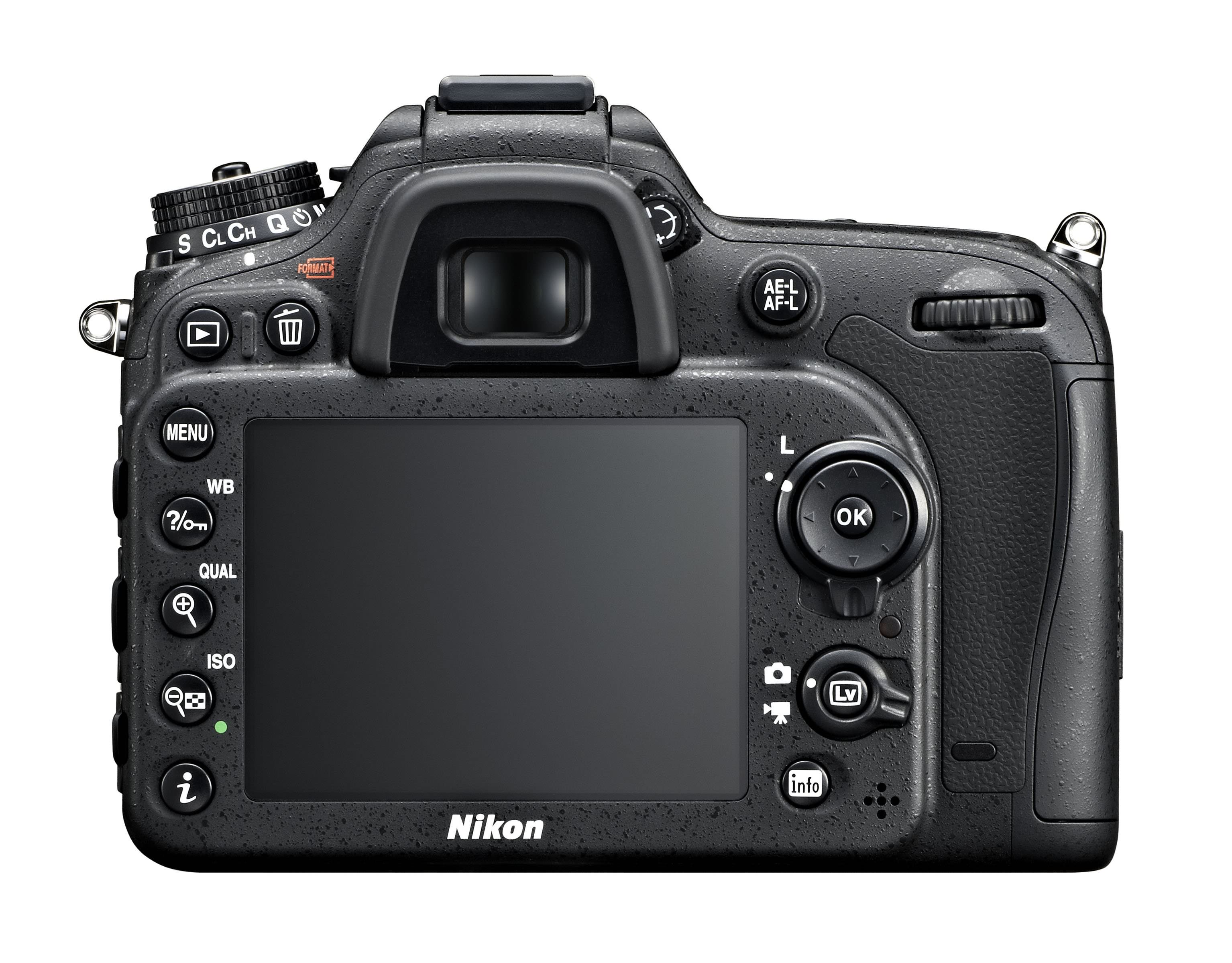
The upgraded LCD panel allows you to see the photos you take better as well. The 3.2-inch screen has 1.2 million dots and includes an RGBW display. The addition of white dots means the screen is much brighter for easier use in daytime shooting. It also means the D7100’s LCD can be used at lower power without sacrificing the ability to see the screen well.
With the addition of Wi-Fi capabilities via Nikon’s WU-1a Wi-Fi unit, D7100 owners can easily transfer images to a laptop, tablet, or smartphone for quick sharing or post-processing. The Wi-Fi unit also means users can control the camera using a smartphone.
The D7100 doesn’t just have upgrades for still photographers, either. The video capabilities are greatly expanded, offering 30p, 25p, and 24p recording modes. Furthermore, the D7100 has a built-in stereo microphone with jacks for an external microphone and audio monitoring. Video output is on the soft side, however.
Also for video and still shooters alike is the option to switch out of DX mode and shoot in 1.3x crop mode. Not only does this double the effective focal length of the lens being used, but it allows for 50/60i video recording and 7fps continuous shooting for still photos at 15MP. It’s important to note, however, that the D7100 has a relatively small image buffer which reduces the camera’s burst abilities when shooting in RAW.
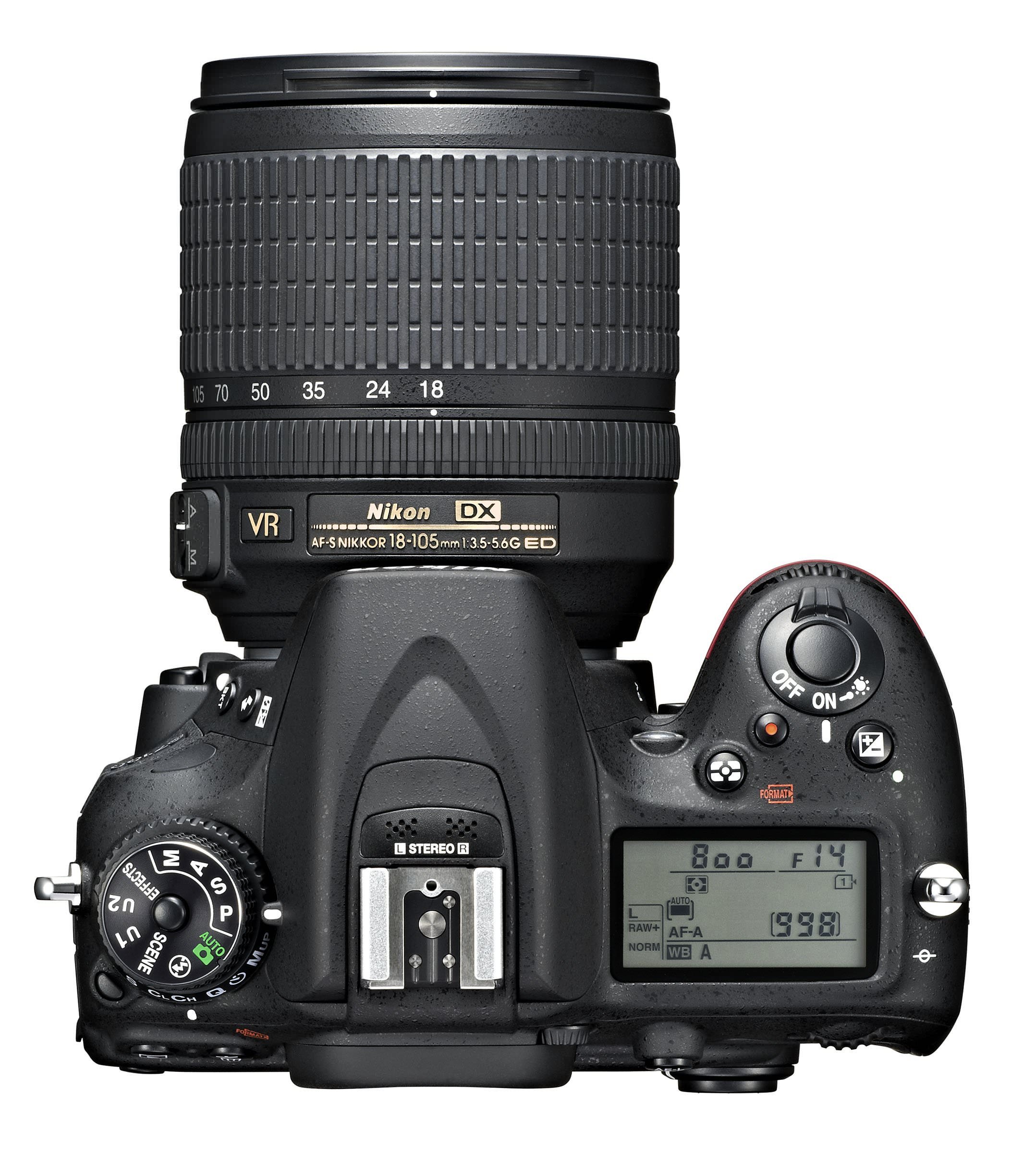
Image quality with the D7100 gets good, but not great marks. The images are sharper than the D7100’s less expensive cousin, the D5200, but ultimately the image quality of both cameras is quite similar. However, when in matrix-metering mode, the D7100 creates exposures that are about ⅔ of a stop brighter than the D5200. Focusing is better as well as a result of the improved AF system noted above.
In the end, the upgrades seen in the D7100 make it a great choice for enthusiast photographers. It’s built well, is ergonomically sound, has dual memory card slots, in-camera RAW processing, and 100% viewfinder coverage, among other practical features. With many things in common with Nikon’s full frame cameras, it’s no surprise that the D7100 has been a big hit.
Pros: Excellent sensor, superb low-light performance, weather sealing, and good video shooting capabilities. You can also easily find quality, used D7100 bodies for an excellent price.
Cons: Small image buffer, slow AF in live view and video mode, and soft video output.
The final verdict: This is a great camera for landscape and portrait photographers that need excellent low-light shooting capabilities. However, if you have designs on shooting high-quality video or need to shoot in burst mode in RAW, this camera will disappoint.
D7200
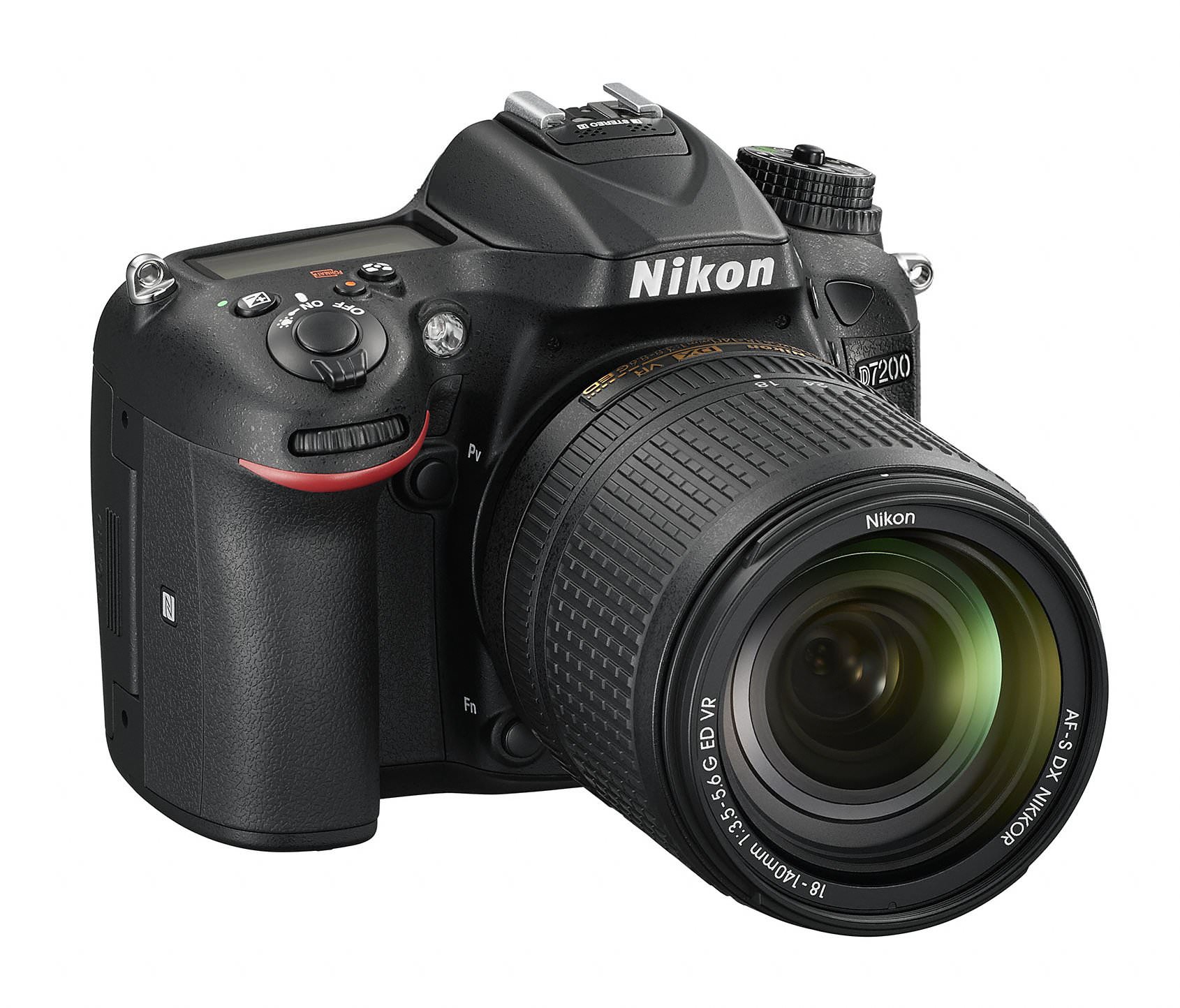
The replacement for the D7100, the Nikon D7200, came out in March, 2015 to much fanfare. Like its predecessor, the D7200 had a lot to live up to given the excellent performance of the D7100 and the D7000 before that.
The D7200 isn’t an enormous departure from the D7100, which isn’t necessarily a bad thing given the quality of the D7100 and it’s robust set of features. That said, the D7200 offered some nice additions to the already high-quality features of the D7100:
- 24.2MP CMOS sensor
- Expeed 4 processing
- ISO 100-25,600, expanded to ISO 51,200 and 102,400
- 6 fps continuous shooting with improved buffering
- 51-point AF system, sensitive to -3EV
- 1080/60p video (1.3x crop only)
- 3.2", 1.2M dot RGBW LCD display
- Wi-Fi with NFC
- Magnesium alloy weather-sealed body
For a review of the D7200’s features and how they compare to the D7100, check out the video above with Chris Niccolls of the Camera Store TV.
The D7200’s 24.2-megapixel CMOS sensor is just slightly different than its predecessor. In this case, the sensor has a slightly larger pixel count and shows an improved dynamic range as well, with better image quality in the shadowed areas of the image.
When it comes to the D7200’s AF system, it’s a noted improvement over the D7100. It’s a Multi-CAM 3500DX II system with 51 AF points and 15 cross-type like the D7100’s, however, each AF point is sensitive to -3EV compared to -2EV for the D7100. It’s got better subject tracking capabilities as well, making this an improved camera for action shooters, though it still isn’t an ideal camera for sports, wildlife, and other fast shooting genres.
Sensitivity to -3EV means that as good as the D7100 is in low-light shooting situations, the D7200 is even better. In fact, focusing is easier throughout the entire frame because each AF point has improved low-light focusing capabilities.
ISO performance is also expanded, though with a bit of an asterisk. Where the D7100 had an expanded range to ISO 25600, the D7200 lets you go as high as 51200 or 102400. However, those values are for black and white shooting only, considering there is so little color detail at those values.
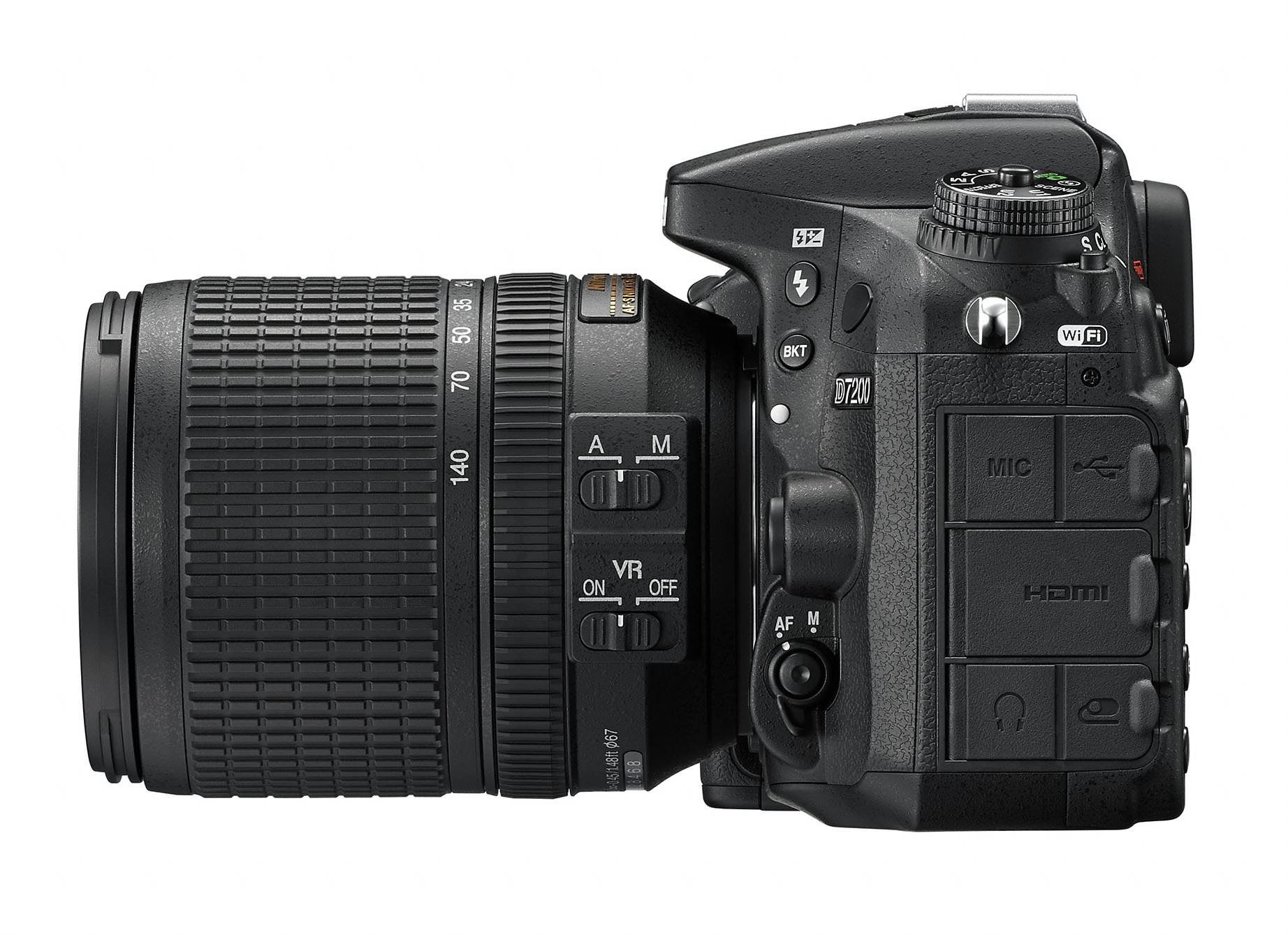
One feature that’s unchanged from the D7100 is the LCD. Again, we see a 3.2-inch, 1.2M dot RGBW screen with excellent brightness and the capability of functioning at low power.
Wi-Fi capabilities get an upgrade in the D7200 as well. Rather than relying on an external unit as was the case in the D7100, the D7200 has built-in Wi-Fi as well as NFC capabilities. Nikon also incorporates SnapBridge, a wireless image transfer program that also gives you remote control over the camera.
Video gets a boost in the D7200 as well, with 60p shooting now available, if only in the 1.3x crop shooting mode. Though that’s an improvement over the D7100, other models from competing brands offer much more in the way of video capabilities. For example, the AF system isn’t as quick when shooting video when compared to the D7200’s competitors like the Canon 70D.
As good as the preceding features are, the biggest improvement of the D7200 over the D7100 is the buffer. As noted in the D7100 review, the buffer is tiny, preventing shoots from continuously shooting with much speed, especially in RAW.
Now, that issue has been resolved with a much-improved buffer: Shoot over 100 JPEGs or 27 12-bit compressed RAW images quickly and easily. The frame rate stands at 6fps, though that can be extended to 7fps when shooting in 1.3x crop mode.
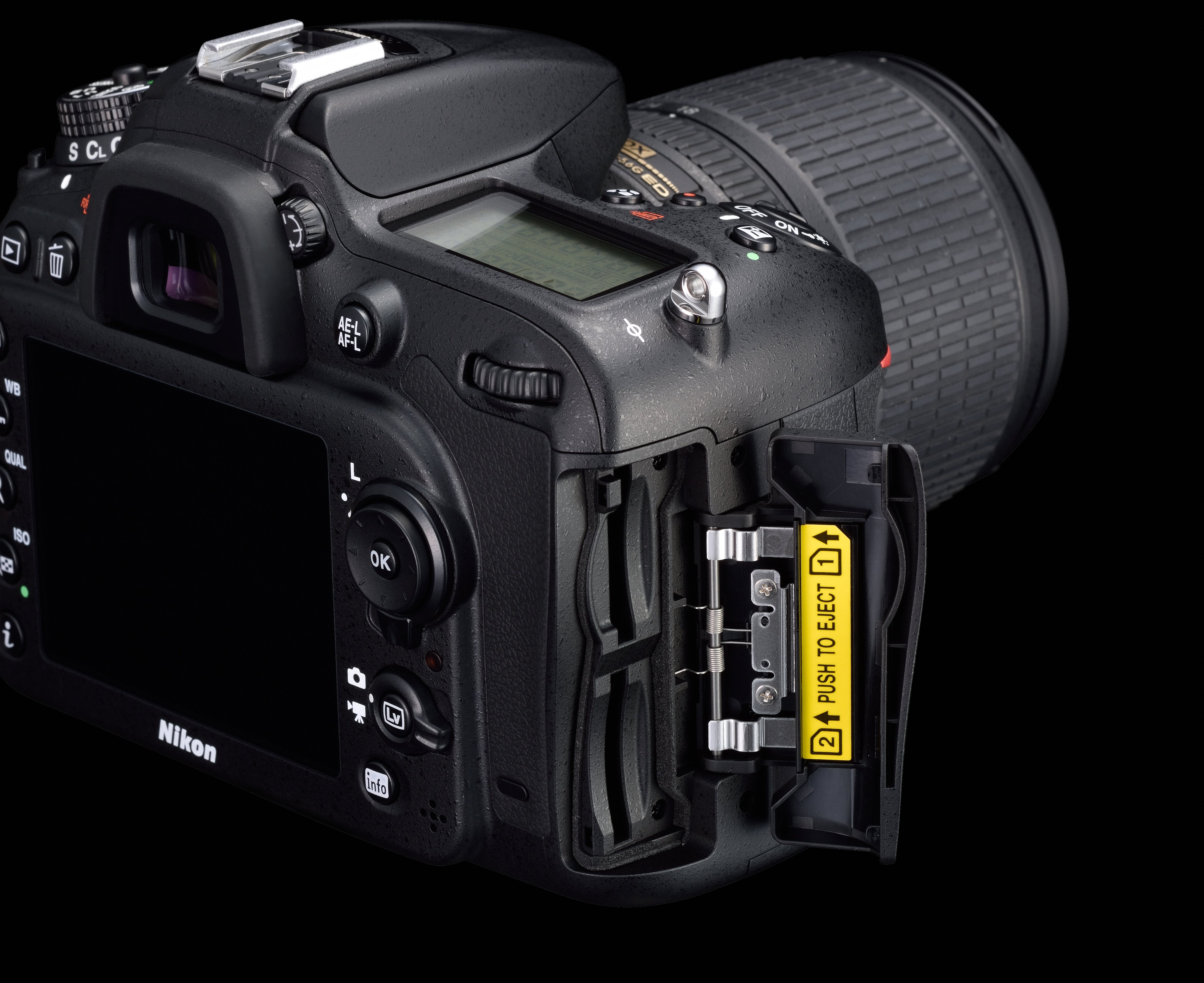
When it comes to image quality, the D7200 performs as you’d expect based on the results of images taken with the D7100 and the D7000 before that. Whether you shoot in JPEG or RAW, you’ll find little noise, an excellent dynamic range, and superb details.
Like the D7100, the D7200 is a feature-packed camera ideal for enthusiast photographers. D7100 owners will appreciate the familiar build and ergonomics, but enjoy the many upgrades over previous models, most notably the improved buffer, better AF performance, and expanded weatherproofing.
Pros: Top-of-the-line image quality, fantastic ISO performance, much-improved battery life, and an image buffer that far outpaces the D7100’s.
Cons: Still lags in the video department, poor live view AF performance, and no ability to control aperture when shooting in live view.
The final verdict: The D7200 isn’t a groundbreaking camera by any means, but the improvements made to it continue the tradition of the D7000 and D7100 as being a prime choice for still shooters that seek superb low-light performance. Though video capabilities are improved, the D7200 still lags behind other similarly priced cameras.
D7300
Judging from the release schedule of previous models (spring 2013, spring 2015), we can reasonably assume that the D7300 will be released this spring (although some rumors point to a 2018 release date).
That’s just conjecture, however, as there is no firm word from Nikon on a release date just yet.
Bearing that in mind, the rumor mill is certainly in full swing with the D7300. Based on past decisions by Nikon and current features on the D7200, it’s assumed that the D7300 will have features similar to those listed below:
- 24 MP CMOS Sensor
- EXPEED 5 Image Processor
- ISO up to 1 million
- 153-Point AF System
- 7 fps Shooting
- 4K Video Recording at 30 fps
- Built-In Wi-Fi, as well as Bluetooth and NFC capabilities
Many of these specs are reasonable to assume based on what’s currently available in the D7200.
Take the sensor, for instance. The D7200’s 24.2MP CMOS sensor will likely be a hold over for the D7300 at the very least, but Nikon might elect to opt for a whole new sensor, which it’s safe to say would have a larger megapixel count.
As far as image processing goes, the D7200’s Expeed 4 processor should see an upgrade to Expeed 5, which would allow for the better ISO performance and 4K video capabilities noted above.
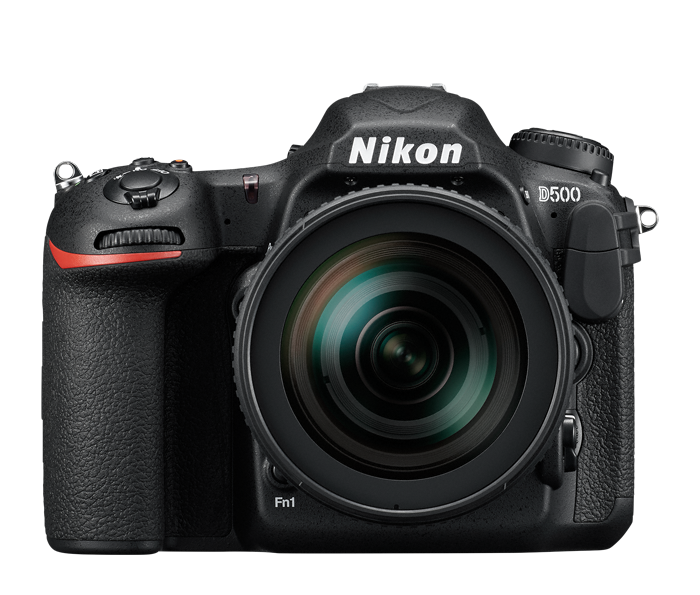
Another interesting possibility is the notion that the D7300 might inherit a few features from the Nikon D500 (shown above).
This includes its amazing 153-point AF system (although there is some argument about this). The Multi-CAM 20K AF system would be a good improvement for this line of cameras, though the D7200’s AF system, which is a Multi-CAM 3500 II DX with 51 AF points, is outstanding. In the video above, Matt from the Art of the Image explores these and other D500 specs that might find their way into the D7300.
Given that the D7100 and D7200 are about the same size, we can assume that the D7300 will be similarly sized with the same excellent ergonomics as its predecessors.
Based on these rumored specs, I’d say that Nikon is setting the D7300 up to be a phenomenal camera that continues the excellent performance of this prosumer line of cameras.
We’ll just have to wait and see what Nikon’s official word is on this camera, which will hopefully be in the very near future!
This article about "Nikon D7100 vs. D7200 vs. D7300" was first published on our website here https://www.photographytalk.com/photography-articles/7260-nikon-d7100-vs-d7200-vs-d7300
This article about "Nikon D7100 vs. D7200 vs. D7300" was first published on our website here https://www.photographytalk.com/photography-articles/7260-nikon-d7100-vs-d7200-vs-d7300